Banana Bliss: Your Ultimate Guide to Cultivating Tropical Delights
Bring the tropical delight of banana plants into your home with this comprehensive guide. Learn the essential tips and techniques for successfully growing banana plants indoors, from selecting the right variety and providing ideal growing conditions to proper watering, fertilizing and pest management. Enjoy the lush foliage and unique beauty of these fascinating plants while reaping the rewards of homegrown bananas.
Banana plants are not only prized for their delicious fruit but also for their lush, tropical foliage that can instantly transform any indoor space into a verdant oasis. While commonly associated with warm, outdoor climates, many varieties of banana plants can thrive indoors with the right care and conditions. In this guide, we’ll explore the rewarding world of indoor banana cultivation, covering everything from selecting the perfect variety to providing the ideal growing environment and overcoming common challenges.
Here’s a detailed information chart for Banana plants:
| Aspect | Details |
|---|---|
| Botanical Name | Musa spp. |
| Common Names | Banana, Plantain |
| Plant Type | Perennial herbaceous plant |
| Zones | USDA Zones 9-11 |
| Exposure | Full sun |
| Bloom Time | Year-round in tropical climates |
| Height/Spread | 10-25 feet tall, 6-10 feet wide |
Choosing the Right Banana Variety
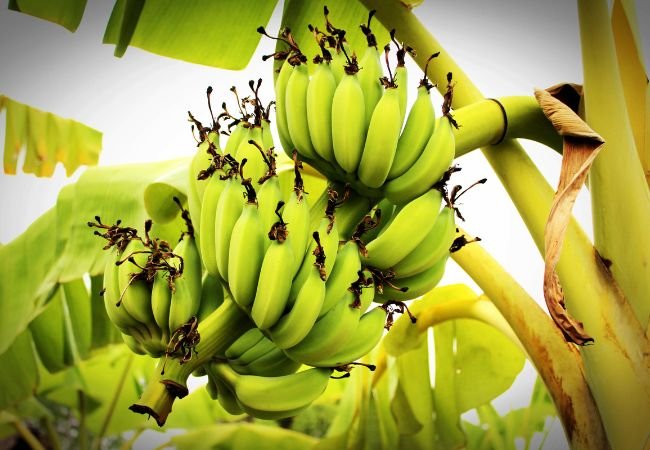
Not all banana varieties are suitable for indoor growing, so it’s essential to choose a dwarf or compact cultivar. Here are some popular options:
Dwarf Cavendish
One of the most commonly grown indoor banana varieties, the Dwarf Cavendish is a miniature version of the familiar grocery store banana, reaching only 5-7 feet in height.
Basjoo Banana
Also known as the Japanese Fiber Banana, this cold-hardy variety is prized for its striking foliage and tolerance for lower light conditions.
Musa Velutina
The Pink Velvet Banana is a stunning ornamental variety with vibrant pink stems and undersides of leaves, making it a true showstopper.
Ensete Banana
While these varieties don’t produce edible fruit, they are grown for their massive, tropical foliage and impressive size.
Ideal Growing Conditions
To ensure your indoor banana plant thrives, it’s crucial to mimic its natural tropical environment as closely as possible:
Light
Banana plants require bright, direct sunlight for at least 6-8 hours per day. Position them near a south or west-facing window or supplement with grow lights.
Temperature
These tropical plants prefer warm temperatures between 65°F and 85°F (18°C to 29°C). Avoid exposing them to temperatures below 55°F (13°C).
Humidity
Banana plants thrive in high humidity levels, ideally between 50% and 70%. Use a humidifier or pebble tray to increase moisture in the air.
Soil
Choose a well-draining, nutrient-rich potting mix formulated for tropical plants. A blend of peat moss, perlite and compost works well.
Watering and Fertilizing
Proper watering and fertilization are essential for maintaining the health and vigor of your indoor banana plant:
Watering
Keep the soil consistently moist but not waterlogged. Water thoroughly, allowing the excess to drain away, and never allow the soil to dry out completely.
Fertilizing
During the growing season (spring and summer), feed your banana plant with a balanced, water-soluble fertilizer every 2-4 weeks. Reduce fertilization in the winter months.
Pruning and Training
Pruning and training techniques can help maintain the desired shape and size of your indoor banana plant while also promoting healthy growth:
Pruning
Remove any dead, damaged or yellowing leaves by cutting them off at the base of the plant. This encourages new growth and improves air circulation.
Training
As your banana plant grows taller, you may need to provide support with a stake or trellis. Gently tie the main stem to the support to prevent toppling.
Pest and Disease Management
Like any indoor plant, banana plants can be susceptible to certain pests and diseases. Here are some common issues and how to address them:
Spider Mites
These tiny pests can cause yellowing and stippling on leaves. Increase humidity and spray with insecticidal soap or neem oil to control infestations.
Fungal Diseases
Conditions like leaf spot and root rot can be caused by overwatering or poor drainage. Improve air circulation and adjust watering practices.
Nutrient Deficiencies
Yellowing or discolored leaves may indicate a lack of essential nutrients. Adjust your fertilizing routine or repot with fresh soil.
Harvesting and Propagation
While indoor banana plants may not always produce fruit, they can be propagated to create new plants and ensure a continuous supply of lush foliage:
Harvesting Fruit
If your banana plant does produce fruit, allow it to fully ripen on the plant before harvesting. Cut the stem just below the fruit cluster.
Propagation
Banana plants can be propagated by division or through the growth of suckers (offshoots from the main plant). Carefully separate the suckers with roots and replant them in new containers.
Growing banana plants indoors is a rewarding and fascinating endeavor that can bring a touch of tropical paradise into your home. By following the guidelines outlined in this guide, you’ll be well-equipped to choose the right variety, provide the ideal growing conditions and employ proper watering, fertilizing and maintenance techniques. With patience and care, your indoor banana plant will thrive, offering lush foliage, unique beauty and potentially even homegrown fruit. Embrace the joy of cultivating these tropical wonders and enjoy the many benefits they bring to your indoor environment.

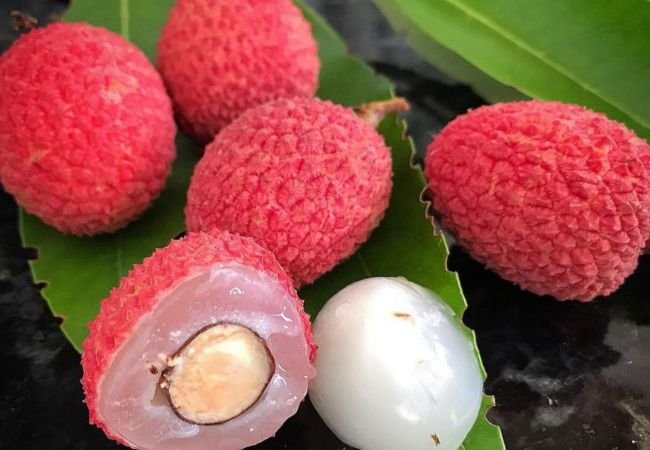
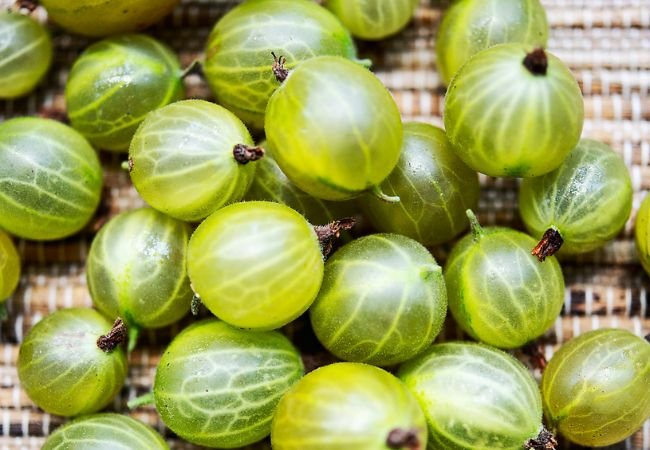
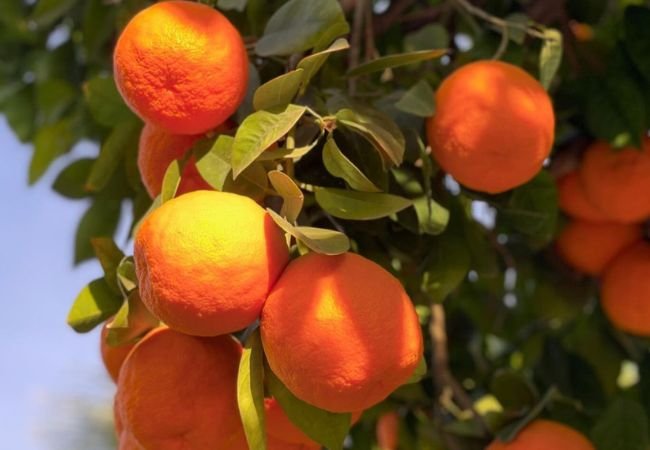
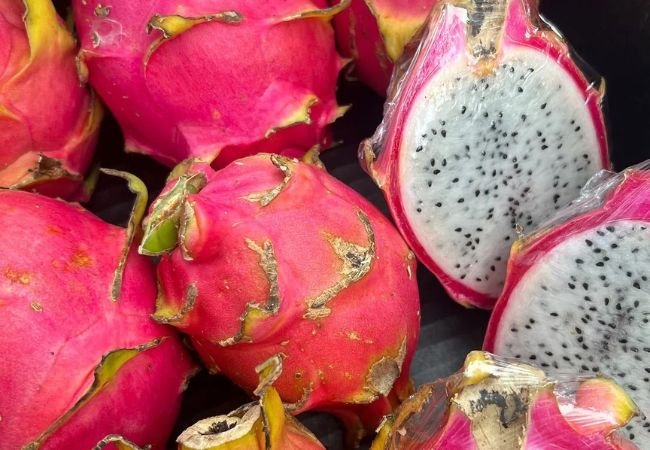
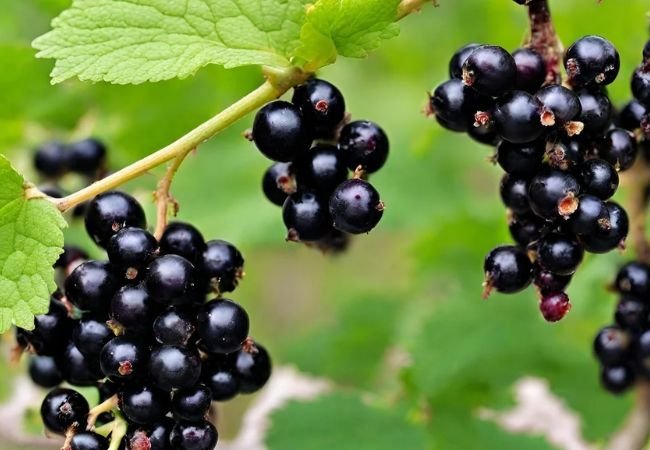
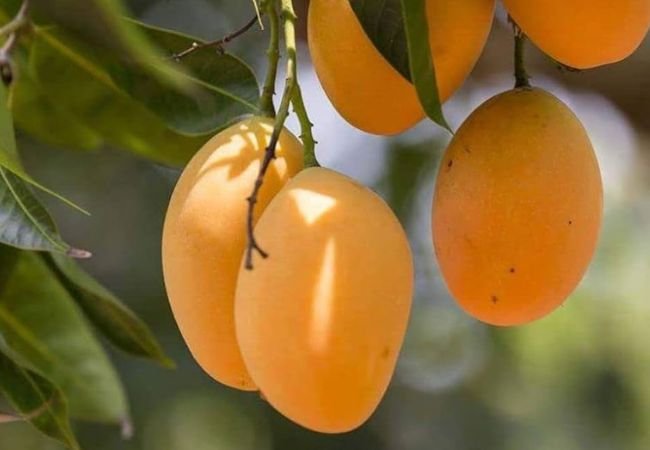
4 Comments